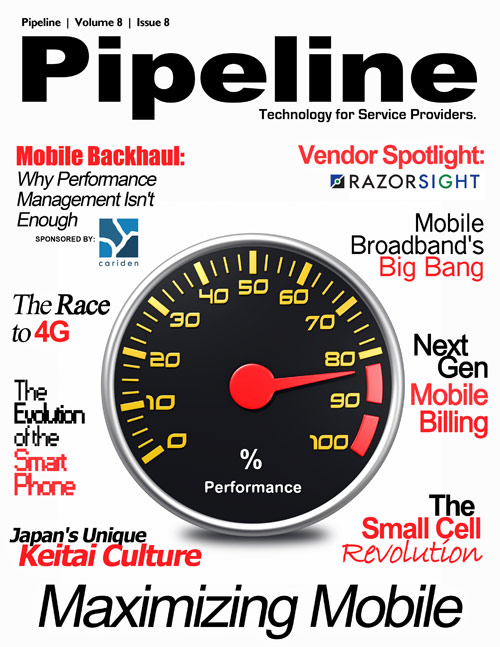By: Becky Bracken

Dongle. It's unlikely that such a goofy-sounding thing could spark a revolution. But across Europe, dongles, or USB modems for laptops, are driving an explosion of consumer demand for mobile broadband that is pushing the EU's 3G network capacity to its very limits.
In North America, it's the equally silly named iPads and Droids that are putting mobile broadband access in every purse, pocket and backpack. And as prices for smartphones, tablets and other Facebooking, Tweeting, movie-streaming and Siri-enabled devices drop, demand will only continue to skyrocket.
A recent report from Berg Insight, "The Mobile Broadband Connectivity Market" says mobile broadband subscription in the European Union grew by 33 percent to 33.9 million in 2010. In North America, there were 14.6 million mobile broadband subscribers by the end of 2010. That number will likely reach 58 million in 2016. North American service revenues are also expected to double by 2016 to $8.3 billion.
While North American networks haven't yet reached the same gargantuan capacity levels as their European counterparts, with more customers buying multiple devices every day, the issue is on their doorstep.
So how can operators manage the drain on networks this mobile broadband explosion is creating and still carve out a profit? Savvy network management, flexible and innovative IT solutions, including OSS and BSS systems, and the adoption of a pricing strategy that ties plan prices directly to a service.
The Bandwidth Value Proposition
The heady days of unlimited data plans will soon be an ancient memory as a result of the mobile broadband explosion. Sure, LTE and 4G will expand capacity, but with exponential growth in the number of devices coming online every day, providers need to think about how to manage consumption rather than how to provide an endless supply of bandwidth to their customers.
What's casually called the European price model, or tiered pricing, is ubiquitous in Europe precisely because of the demand for mobile broadband. Likewise, as North American demand for mobile broadband exceeds capacity, operators are going to have to force their customers to tie pricing to usage and adopt a similar European-style tiered pricing model.
"This has been de facto in Europe for several years with only a handful of operators still offering unlimited access," Jessica Ekholm, principal analyst for Gartner says. "Most access is capped. We are likely to see a larger variety of tiered pricing plans but also a larger selection of options such as rolling monthly contracts, speed tiering and more personalized plans."
But operators know all too well the ultra-competitive North American wireless market is consumer-driven and incredibly price sensitive. How do you get customers to accept paying more for the same service? Tie the price to a particular service.
Shira Levine, Directing Analyst, Next Gen OSS and Policy with Infonetics, says the biggest problem North American service providers have is a lack of transparency in pricing plans.
"The problem is that there's no transparency," Levine says. "If you have a 4-gig plan, who knows what a gig is? But if you say the plan includes unlimited data and HD movie streaming, for instance, that's something customers can understand."
Levine recently co-authored an Infonetics report that said shared data plans across multiple devices is likely to be an attractive option for customers.
"The real benefit of this type of plan is that the user sees only a modest additional cost for the adoption of a second device, such as a $5/month provisioning cost for multiple devices. Also, the user actually gets to select a data allowance he might actually use, giving a much stronger sense of value for money." the report says.
She adds that it's really going to be about providing an incentive for customers to adjust their consumption behavior, like a price break for using underutilized cell sites, locations and even consuming bandwidth during off-peak times of the day.
"I really think it's going to be a carrot approach rather than a stick approach," Levine says.
Annika Svensson, who is with strategic marketing business unit networks with Ericsson, says it's key to know how to predict what customers want and segment products based on those demands.
"(Customers want) services where you understand the value and the price and don’t get unhappy surprises," Svensson says. The key is to segment the market and differentiate accordingly, and knowing what the customers are prepared to pay."







